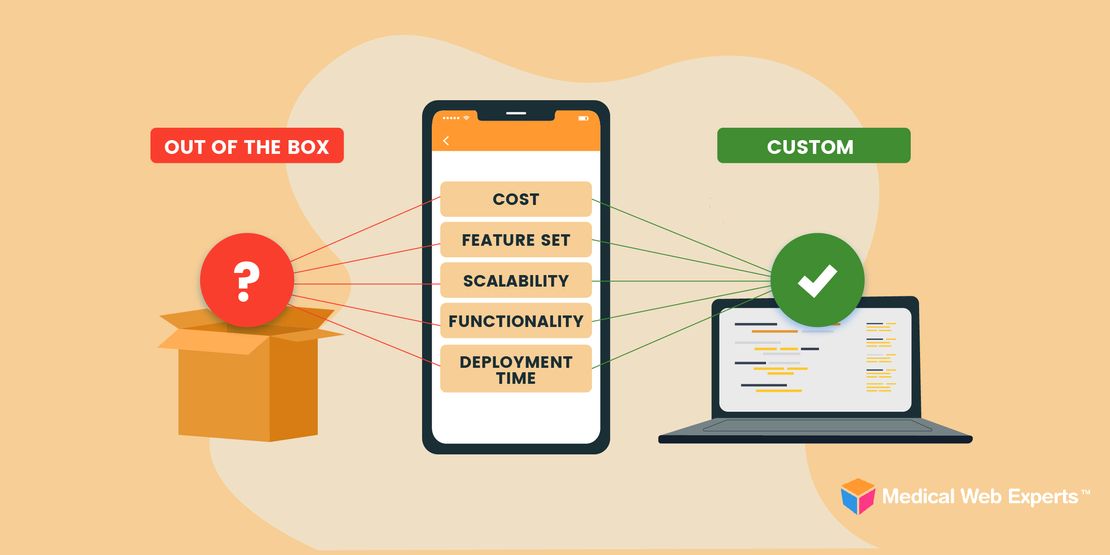Fluctuations in the economy, changing health insurance models, and cuts in healthcare funding have all affected how often people choose to seek out elective and non-urgent medical care. In fact, in recent years demand for this type of care has decreased, resulting in significant losses for physician practices. Now that the Affordable Care Act has expanded medical coverage to previously uninsured populations, however, things might be starting to look up. The newly insured, after all, are a new customer base just waiting to be tapped into.
To take advantage of this new pool of prospective patients without incurring excessive marketing costs for your practice, try one (or all!) of these effective and inexpensive marketing tips.
1. Establish an online presence with a website.
Let’s face it – the Internet has replaced once-preferred resources such as phone books and other print directories as most people’s go-to source for information. In fact, when an individual wants to find something, whether it’s a Chinese restaurant close to home or a doctor, their search tends to start at a search engine such as Yahoo or Google. While there is a chance people might find you online if you don’t have a website (through Google Maps, for example), you aren’t able to control the information they see.
With an online site that you personally manage, on the other hand, you have complete control – even if it’s just a basic, template-based medical website that you’re working with. You can use the space to target specific groups, offer useful information about your practice, and increase conversions through concise messages and strong calls to action. Template sites are an inexpensive way to establish a presence online, and they can always be updated down the line, resources permitting.
2. Extend your online reach – go social and get listed.
Social media adoption is growing rapidly, and networks such as Facebook, Twitter and Google+ aren’t going anywhere – at least not anytime soon. Creating a profile on these sites is free, and keeping the account active won’t take much time. You can put as much effort into social as you desire. Just remember that your profiles should accurately your organization’s values and personality so that patients know what to expect when they visit your practice.
An added marketing value to social media is that when people “become fans” of your page, the site suggests your page to their friends (see image right). This is good (not to mention FREE) marketing, considering people trust recommendations from family and friends above all forms of advertising.
Getting your medical practice listed on directory sites such as ZocDoc, Healthgrades, Google Places, Yelp and WebMD can help broaden your reach online and tell potential patients a lot about your practice. After all, patients aren’t just doing traditional searches anymore for basic information. They want to read reviews too to find out what other people have to say about your services. If you are listed on these or other review sites, be sure to monitor them for negative comments or reviews. You can use these criticisms from existing patients to improve your practice.
3. Get involved in the community.
Forget the Internet for a second and get outside! Participating in activities such as fundraisers, service projects, and community drives is a great way to get your practice in front of prospective patients. If your town organizes an athletic event for charity, for example, you can volunteer to offer medical assistance onsite. Doing so will ensure your practice gets seen by people you wouldn’t normally reach, some of whom could become patients in the future.
4. Make it easy for patients to contact you.
Your practice may not have an EMR – and you might not be considering one in the near future – but what’s to stop you from implementing a patient portal? An online portal will make it easy for patients to communicate with you and stay up-to-date on matters of their health, which is a big selling point for tech-savvy patients. Plus, it can get integrated with your website.
A more inexpensive option would be to offer patients the ability to contact you by email or text message for administrative tasks like scheduling appointments. Just be sure not to send personal health information via these means, as doing so could violate HIPAA laws.



